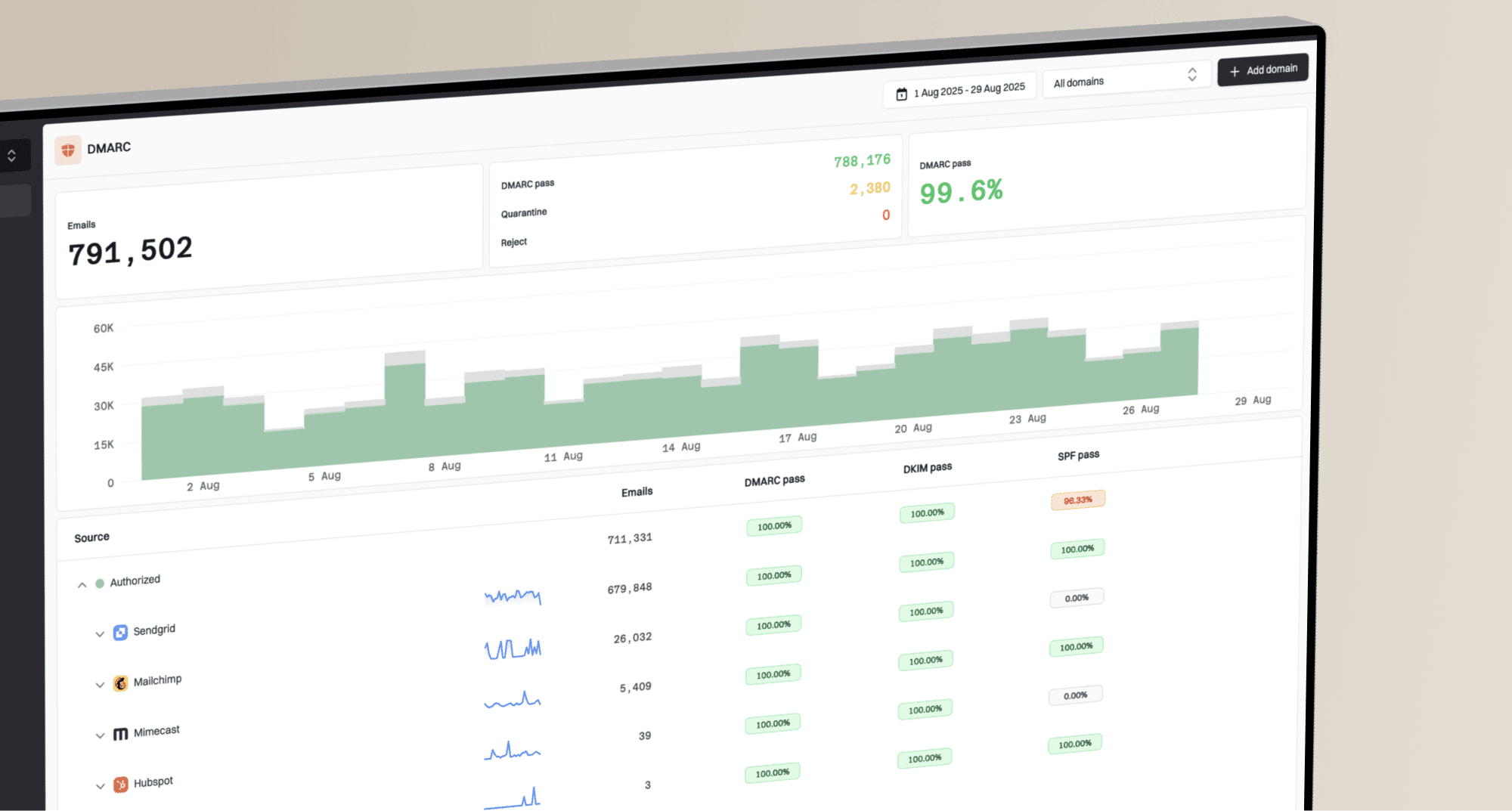Ascams Mix Scoring Black List (SBL)


 Spamhaus
Spamhaus 0Spam
0Spam Cisco
Cisco NoSolicitado
NoSolicitado URIBL
URIBL abuse.ro
abuse.ro ALPHANET
ALPHANET Anonmails
Anonmails Ascams
Ascams BLOCKEDSERVERS
BLOCKEDSERVERS Calivent Networks
Calivent Networks EFnet
EFnet
 JustSpam
JustSpam Kempt.net
Kempt.net
 NordSpam
NordSpam RV-SOFT Technology
RV-SOFT Technology
 Scientific Spam
Scientific Spam Spamikaze
Spamikaze SpamRATS
SpamRATS SPFBL
SPFBL Suomispam
Suomispam System 5 Hosting
System 5 Hosting Team Cymru
Team Cymru Validity
Validity www.blocklist.de Fail2Ban-Reporting Service
www.blocklist.de Fail2Ban-Reporting Service ZapBL
ZapBL 2stepback.dk
2stepback.dk Fayntic Services
Fayntic Services ORB UK
ORB UK technoirc.org
technoirc.org TechTheft
TechTheft Spamhaus
Spamhaus 0Spam
0Spam Cisco
Cisco NoSolicitado
NoSolicitado URIBL
URIBL abuse.ro
abuse.ro ALPHANET
ALPHANET Anonmails
Anonmails Ascams
Ascams BLOCKEDSERVERS
BLOCKEDSERVERS Calivent Networks
Calivent Networks EFnet
EFnet
 JustSpam
JustSpam Kempt.net
Kempt.net
 NordSpam
NordSpam RV-SOFT Technology
RV-SOFT Technology
 Scientific Spam
Scientific Spam Spamikaze
Spamikaze SpamRATS
SpamRATS SPFBL
SPFBL Suomispam
Suomispam System 5 Hosting
System 5 Hosting Team Cymru
Team Cymru Validity
Validity www.blocklist.de Fail2Ban-Reporting Service
www.blocklist.de Fail2Ban-Reporting Service ZapBL
ZapBL 2stepback.dk
2stepback.dk Fayntic Services
Fayntic Services ORB UK
ORB UK technoirc.org
technoirc.org TechTheft
TechTheft Spamhaus
Spamhaus 0Spam
0Spam Cisco
Cisco NoSolicitado
NoSolicitado URIBL
URIBL abuse.ro
abuse.ro ALPHANET
ALPHANET Anonmails
Anonmails Ascams
Ascams BLOCKEDSERVERS
BLOCKEDSERVERS Calivent Networks
Calivent Networks EFnet
EFnet
 JustSpam
JustSpam Kempt.net
Kempt.net
 NordSpam
NordSpam RV-SOFT Technology
RV-SOFT Technology
 Scientific Spam
Scientific Spam Spamikaze
Spamikaze SpamRATS
SpamRATS SPFBL
SPFBL Suomispam
Suomispam System 5 Hosting
System 5 Hosting Team Cymru
Team Cymru Validity
Validity www.blocklist.de Fail2Ban-Reporting Service
www.blocklist.de Fail2Ban-Reporting Service ZapBL
ZapBL 2stepback.dk
2stepback.dk Fayntic Services
Fayntic Services ORB UK
ORB UK technoirc.org
technoirc.org TechTheft
TechTheft Spamhaus
Spamhaus 0Spam
0Spam Cisco
Cisco NoSolicitado
NoSolicitado URIBL
URIBL abuse.ro
abuse.ro ALPHANET
ALPHANET Anonmails
Anonmails Ascams
Ascams BLOCKEDSERVERS
BLOCKEDSERVERS Calivent Networks
Calivent Networks EFnet
EFnet
 JustSpam
JustSpam Kempt.net
Kempt.net
 NordSpam
NordSpam RV-SOFT Technology
RV-SOFT Technology
 Scientific Spam
Scientific Spam Spamikaze
Spamikaze SpamRATS
SpamRATS SPFBL
SPFBL Suomispam
Suomispam System 5 Hosting
System 5 Hosting Team Cymru
Team Cymru Validity
Validity www.blocklist.de Fail2Ban-Reporting Service
www.blocklist.de Fail2Ban-Reporting Service ZapBL
ZapBL 2stepback.dk
2stepback.dk Fayntic Services
Fayntic Services ORB UK
ORB UK technoirc.org
technoirc.org TechTheft
TechTheft Spamhaus
Spamhaus 0Spam
0Spam Cisco
Cisco NoSolicitado
NoSolicitado URIBL
URIBL abuse.ro
abuse.ro ALPHANET
ALPHANET Anonmails
Anonmails Ascams
Ascams BLOCKEDSERVERS
BLOCKEDSERVERS Calivent Networks
Calivent Networks EFnet
EFnet
 JustSpam
JustSpam Kempt.net
Kempt.net
 NordSpam
NordSpam RV-SOFT Technology
RV-SOFT Technology
 Scientific Spam
Scientific Spam Spamikaze
Spamikaze SpamRATS
SpamRATS SPFBL
SPFBL Suomispam
Suomispam System 5 Hosting
System 5 Hosting Team Cymru
Team Cymru Validity
Validity www.blocklist.de Fail2Ban-Reporting Service
www.blocklist.de Fail2Ban-Reporting Service ZapBL
ZapBL 2stepback.dk
2stepback.dk Fayntic Services
Fayntic Services ORB UK
ORB UK technoirc.org
technoirc.org TechTheft
TechTheftThe Ascams Mix Scoring Black List (SBL) is a free, public IP-based blocklist that assigns a score to IP addresses based on various factors. It is available under the DNS zone name mix.ascams.com. Unlike a simple yes or no blacklist, Ascams uses a scoring system. A recommended spam score for filtering mail is between 2 and 3.5 on a drop target of 15. This allows system administrators to make more nuanced filtering decisions.
Ascams operates on a tiered system based on an IP's score. The higher the score, the more severe the listing and the harder it is to be removed. The tiers are:
An IP can be listed on multiple tiers, which often indicates a resource has a history of abuse or has been reassigned from an abuse managed pool to a dynamic user pool without proper cleanup.
The Ascams organization, run by an individual named Del, operates this blacklist. Ascams maintains scores for most of the four billion IPv4 addresses. When a score is requested, the system also checks with other data providers to update its calculations. The score is based on data points such as email bounces, PTR records, SPF records, listings on other RBLs, reverse DNS records, and any history of scams or malware. Members of the Ascams service can request manual recounts and, in some cases, view the data behind a specific score calculation.
To request removal from this blocklist, you must send the IP address in question via email to info@ascams.com. There is no instant or automated removal process. Every request is handled manually and involves an investigation, which can take from 7 to 30 days or longer.
Before you request removal, Ascams emphasizes that you must first identify and resolve the underlying issue causing the listing. They also recommend you check an IP's score before purchasing or using it for a production email server. If you have become listed, resolved the issue, and then the same abuse occurs again, your IP score will increase, making future delisting more difficult and less likely to be a simple process.
Removal depends heavily on the IP's history and ownership. If the resource owner has a poor reputation, it may be impossible for a client using one of their IPs to get delisted without the owner's direct involvement. It is crucial to be truthful in your removal request. If you claim the abuse has stopped but an investigation finds it is ongoing, it will negatively affect your reputation score with Ascams, making future delisting requests much more difficult.
The direct impact of being listed on the Ascams Mix Scoring Black List (SBL) is generally considered low. However, any listing on a blacklist (or blocklist) can cause email delivery problems, leading to bounces and rejections. Because Ascams uses a scoring system, mail administrators who use this list may configure their servers to reject mail from IPs with even a moderate score. Therefore, it is always best practice to investigate and resolve any blocklist listing to ensure optimal email deliverability.
